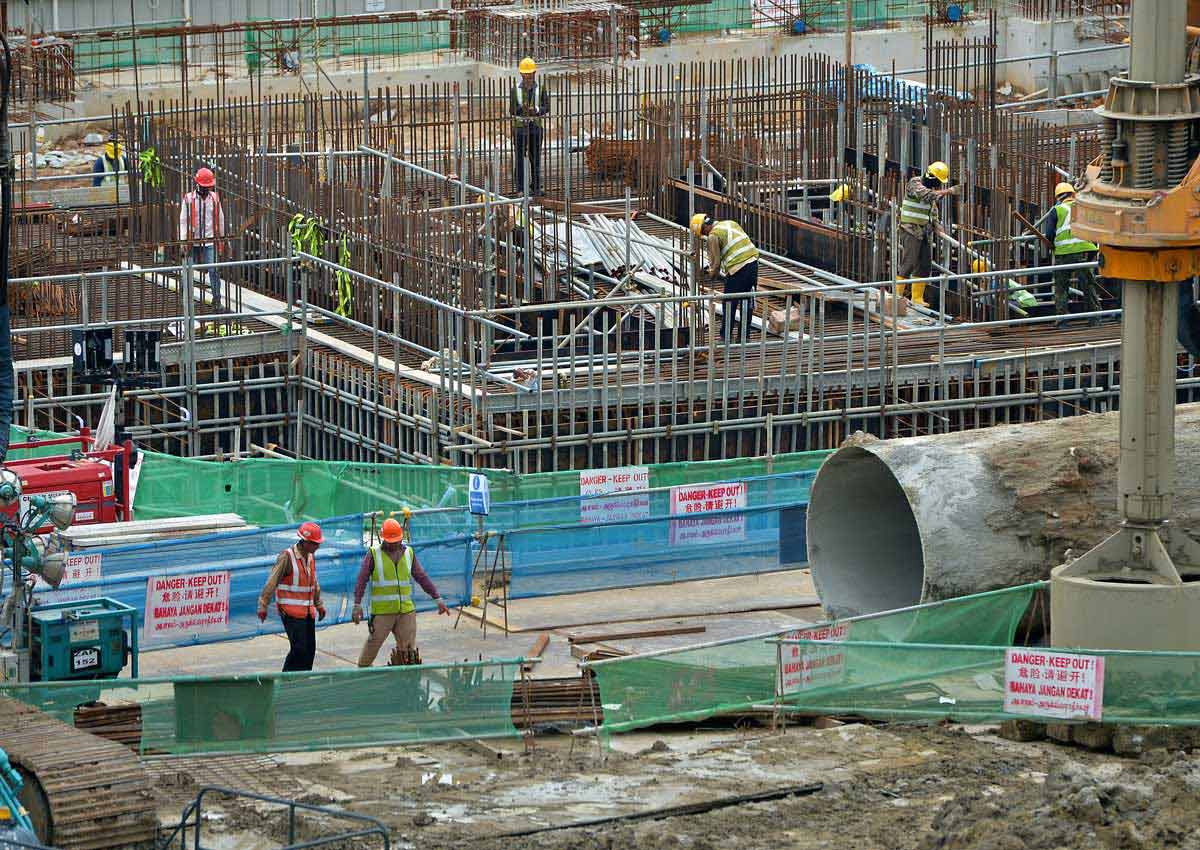Employers who do not take adequate steps to ensure the safety and health of their workers at the workplace can expect to face stiffer fines in the future.
The High Court has reviewed the sentencing regime for breaches of the Workplace Safety and Health Act after agreeing with prosecutors that the fines imposed in previous cases have been too low.
The prosecution had argued for a doubling of the $150,000 fine handed to GS Engineering & Construction Corp last year for a 2014 accident in which two workers fell to their deaths from the seventh floor of a Fusionopolis worksite.
On Thursday, the company was fined $250,000 – the highest fine to be imposed under the Act.
Prosecutors argued that the courts have not “utilised the full range of the sentences prescribed by Parliament”, which had set the maximum fine at $500,000, and proposed that the High Court establish a sentencing framework.
The Act, which replaced the Factories Act in 2006, was enacted after a review of workplace safety regulations following three high-profile worksite accidents in 2004.
It sets a maximum fine of $500,000 for first-time offenders and $1 million for repeat offenders. Under the old Factories Act, the maximum fine was $200,000.
While Parliament sets the prescribed maximum, the courts can lay down sentencing guidelines.
Prosecutors argued that most of the fines meted out so far fall below 30 per cent of the maximum of $500,000. Before GS, no firm had been fined more than $200,000.
In a 42-page written judgment, Judicial Commissioner See Kee Oon agreed that the fines imposed thus far have been too low.
“For future cases, the sentencing court should bear in mind that the legislative intent for the introduction of more severe penalties was to create a more palpable deterrent effect and encourage stakeholders to take more proactive measures to minimise the occurrence of accidents at the workplace,” he said.
He laid down a sentencing framework which sets out a range of possible fines, depending on whether the culpability of the employer and the potential harm in each case were high, medium or low. For instance, a firm whose acts reflect a high level of culpability and a high potential for harm could be fined between $300,000 and $500,000.
On the other end of the spectrum, a company whose acts show a low level of culpability and a low potential for harm could be fined up to $20,000. The fine would then be calibrated based on aggravating or mitigating factors of the particular case.
In the case of GS, the judicial commissioner increased the fine to $250,000, ruling that the potential harm was high and culpability fell within the medium to high category. But he took into account that the firm had a good safety record and had taken remedial steps.
A spokesman for the Manpower Ministry said the Attorney- General’s Chambers and the ministry had sought a deterrent sentence in the case “in (the) light of the seriousness of the safety failures that led to the accident”.
This year, 64 workers have died on the job.
Manpower Minister Lim Swee Say had warned in August that workplace fatalities were on the rise.
Mr Lim noted that although Singapore managed to bring down the fatality rate from 2.8 per 100,000 workers in 2008 to 1.8 in 2014, it crept up to 1.9 last year and is projected to hit 2.2 this year.
selinal@sph.com.sg

This article was first published on Dec 17, 2016.
Get a copy of The Straits Times or go to straitstimes.com for more stories.






